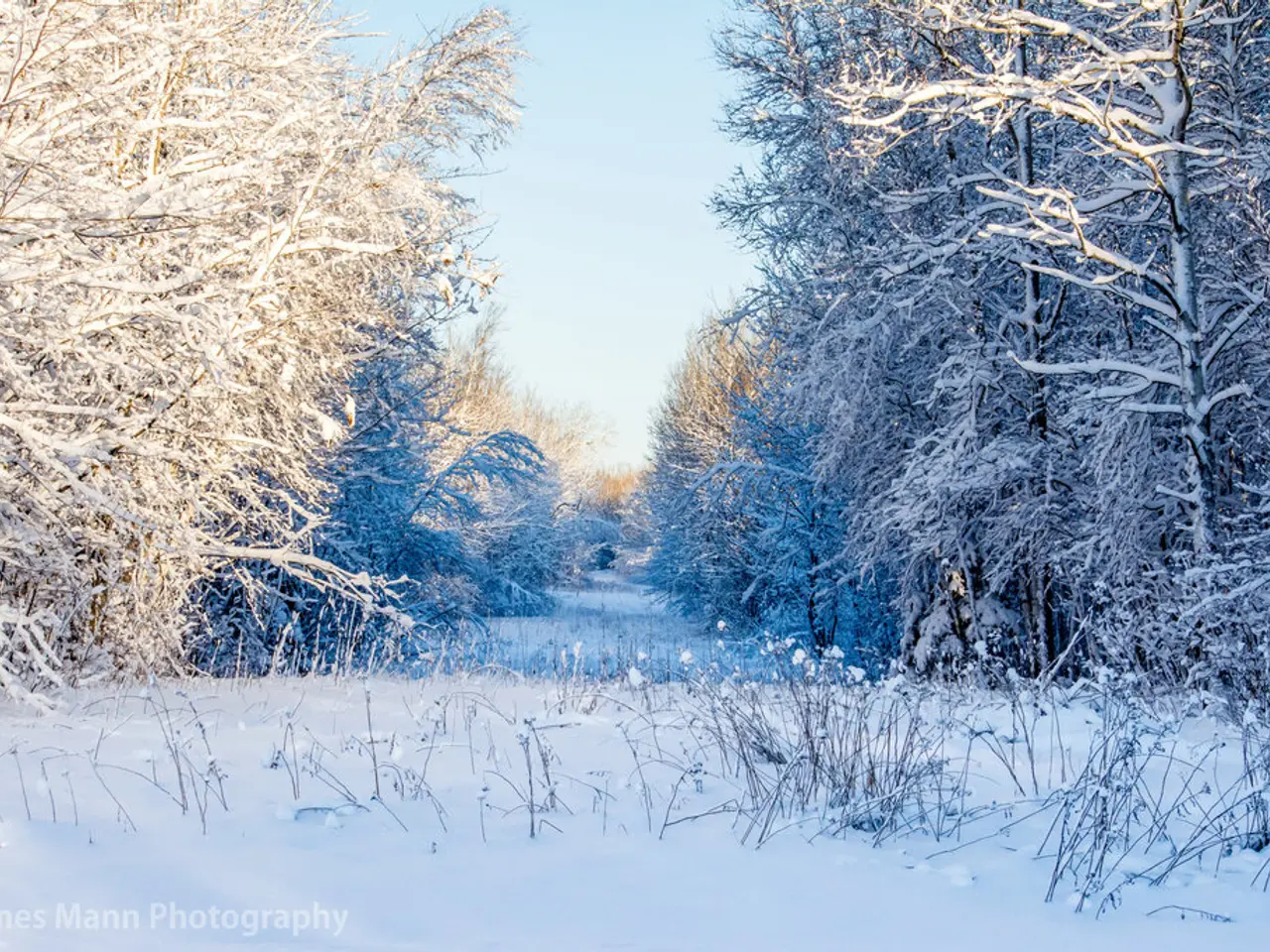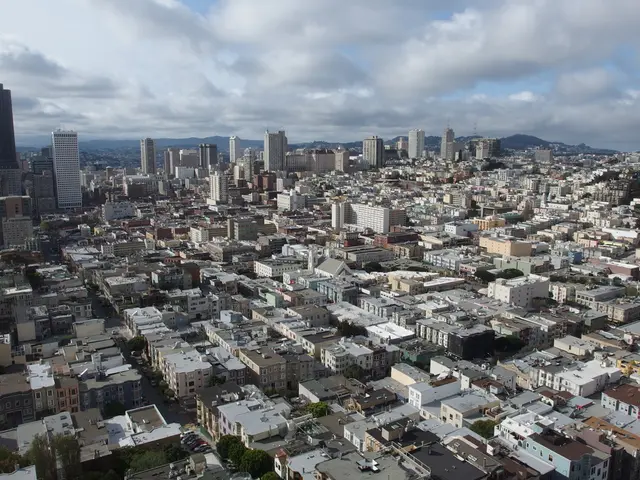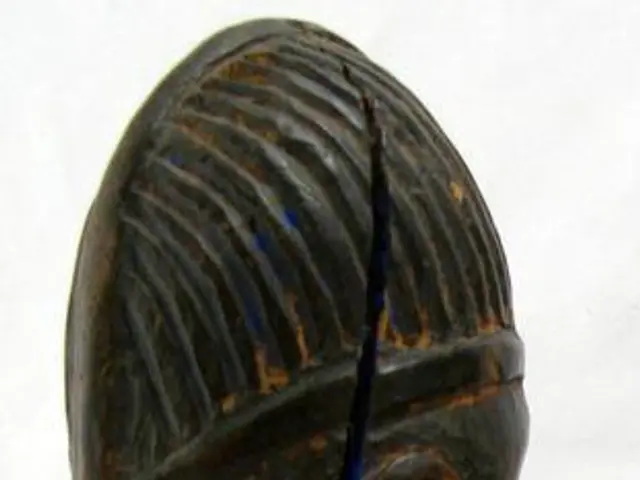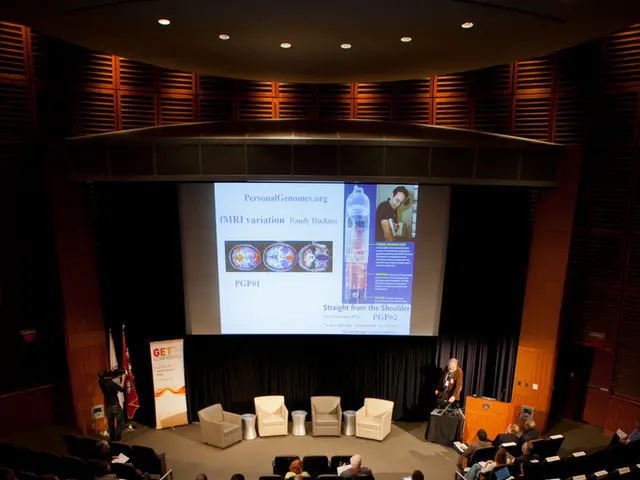Unveiling 5 Fascinating Secrets About the Autumnal Equinox
The autumnal equinox, a moment of balance and beauty, is an imaginary line in the sky above Earth's equator where the sun crosses. This celestial event marks the first day of fall in the Northern Hemisphere, while those in the Southern Hemisphere refer to it as the spring equinox on September 22.
The autumnal equinox signifies the day when Earth's rotational axis is neither tilting toward nor away from the sun. Contrary to folklore, balancing an egg on its end during the equinox is possible on other days as well. Day and night are not exactly 12 hours each on the day of the equinox due to the refraction of sunlight.
The exact date of the autumnal equinox can vary between Sept. 21 and Sept. 24 due to the Gregorian calendar's approximation of Earth's orbit around the sun. For instance, in 2025, the autumnal equinox will occur on September 22 at 2:19 p.m. EDT. The autumnal equinox of 2092 and 2096 will also occur on September 21.
Geomagnetic storms, which disturb Earth's magnetic field, are at their strongest and most likely in the spring and fall. During these times, the solar wind from the sun is better able to reach Earth's atmosphere, causing the auroras, or full moon, to dance across the sky. These awe-inspiring displays can be seen generally from the autumnal equinox until the spring equinox each March.
The particles that slam into Earth's magnetic field collide with atoms of oxygen, nitrogen, and other elements in the air, releasing photons of different wavelengths and the different colours of aurora.
The word "equinox" comes from the Latin words aequus (meaning "equal") and nox (meaning "night"). The autumnal equinox is observed and sometimes celebrated, but it's really just a moment in time.
Several celebrations are associated with the fall equinox, such as the neopagan festival of Mabon and the moon festival in China and other Asian countries. However, specific information on which countries celebrate spring or autumn solstice festivals on the exact days of the solstices in the years 2092 and 2096 was not found in the search results.
The harvest moon, the full moon closest to the autumnal equinox, is often celebrated during the moon festival. The sun might be visible for between 12 hours and 6 minutes and 12 hours and 16 minutes, depending on latitude, on the days close to the equinox.
In conclusion, the autumnal equinox is a fascinating astronomical event that marks the beginning of fall in the Northern Hemisphere. While it's just a moment in time, it's a moment that has been celebrated for centuries and continues to inspire awe and wonder.
Read also:
- Budget cuts at federal and state levels jeopardize advancements in fighting HIV and AIDS within Dallas County
- Strategies for Maintaining and Boosting Physical Activity as You Grow Older
- Understanding Prediabetes: A Precursory Condition to Diabetes
- Strategies for Strengthening a Nigerian Infant's Immune System







